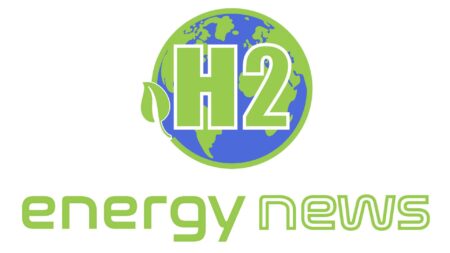Fuel cell vehicles are being touted as a possible answer to climate change. The Optima Group is currently working on mechanical solutions to boost the capacity of fuel cell production. As a result, the needed manufacturing operations have been automated (coating, cutting, assembling individual layers, stacking). This establishes a family-owned company situated in Schwäbisch Hall as a leading provider of complete solutions for fuel cell production around the world.
Climate change initiatives, according to experts, need to be greatly bolstered. As a propulsion technology, hydrogen is gaining traction. Fuel cells are used to generate electricity in several hybrid buses. The cruising range of electric vehicles is substantially increased as a result of this.
Furthermore, recharging a lithium-ion battery is substantially slower than refueling. Long-term vehicles with few breaks, such as trucks, autonomous transportation systems, and industrial trucks at huge logistical centers, benefit the most from these advantages.
With more use, the demand for fuel cells grows, as does the demand for faster manufacture. Simultaneously, large-scale industrial process automation is required to cut manufacturing costs. The membrane electrode assembly, or MEA for short, is at the heart of the fuel cell. This permits hydrogen and oxygen to pass through the MEA and react with one another. The current required to propel the vehicle is generated electrochemically. An ionic conductive electrolyte membrane (catalyst coating membrane, CCM) with catalyst layers on the anode and cathode sides, as well as a gas diffusion layer, make up MEA (GDL). These layers are either given as rolled products to the fuel cell or MEA producer or are fabricated by the manufacturer. You must now cut it to the proper size, assemble it, and glue it together.
Werner Volk (left), director of novel applications / concepts for Optima Life Science, and Juergen Bareiss, leader of the Optima Life Science business unit, stand in front of the membrane electrode assembly (MEA) production line, which is presently under development.
“After years of development, we are pleased to be able to provide a suitable machine solution for all process stages related to MEA manufacturing, despite the high barriers to entry,” says Optima Life Science in manufacturing. Juergen Bareiss, head of the business unit, said. Fuel cell technology has been developed. Working with Coatema Coating Machinery GmbH, a total solution is now available that includes GDL rewinding, coating, cutting, and combining GDL and CCM to form the finished MEA. Stacking the completed MEA on the fuel cell stack is done in the final stages of development. This machine solution will be ready for market by the end of the year.
“This is largely made possible by synergies within the broad Optima Group, courage to innovate, existing technology, and web transformation know-how,” explains Bareiss. The technologies previously used in the manufacturing and packaging processes of the medical technology, consumer goods and paper hygiene industries have proven to be of great value. This makes Optima a leading supplier of complete solutions for fuel cell manufacturing.
“Our solutions are committed to becoming a market leader in the area of complete fuel cell manufacturing solutions and contributing to more environmentally friendly mobility,” Bareiss said. Dominik Broellochs, Group Sustainability Manager at Optima Group, said: He explains that fuel cells are exactly the kind of solution that enables sustainable mobility.


